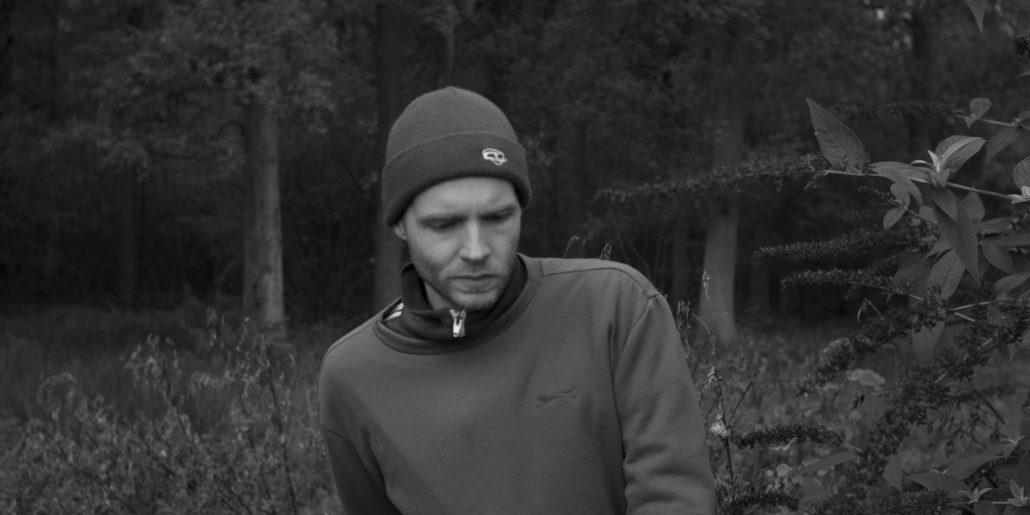Biography
Karel Tuytschaever graduated in 2007 from the acting training course at the Royal Conservatory of Antwerp, under the direction of Dora van der Groen. To date, he works as a freelance actor for theater, (short) film and television, and does voice work for TV and radio.
Since 2008, he has been a teacher at the bachelor’s program in acting and contemporary dance at the Royal Conservatory of Antwerp, and is part of the mentor team of the dance program. He regularly coaches and gives workshops and masterclasses on behalf of Theaterstudio Nest, OPENDOEK, University of Antwerp, deDansPunt, Let’s Go Urban Academy, KASKA scenography course, Zuidpool, Royal Academy of Fine Arts Antwerp, the Amsterdam University of the Arts & Fontys School, among others. of the Arts.
In 2015, Tuytschaever founded the BARRY platform based on the need to create an environment in which he can create, develop and distribute his hybrid work. He rethinks the way film, live performance and installation can be used to evolve towards a more personal, intimate and honest embodiment within the arts. Since 2019, BARRY (BE) has been working in a long-term partnership with DansBrabant (NL).
In 2020 he will start as a researcher in the arts at the Royal Academy of Fine Arts Antwerp, with the support of the Royal Conservatory of Antwerp. His project The Transparent Body (2020 – 2022) is a practice-oriented search for genuine embodiment in current 2D and 3D portrait art. How does a visual artist actually view the human figure? It is a turning point in which he transfers his vision of what genuine embodiment is and can be within the performative arts to the visual arts. Karel then starts his doctoral research in the arts; When the Artist Swallows His Image (2022-2026) is a profound trajectory that delves into the barely explored domain of embodied knowledge within the relationship between the creator and their image of someone else. He investigates the role that the unique physicality of the creator plays in portraying someone. During this process, he looks for ways to achieve more reciprocal and sustainable relationships between different artistic disciplines, finds new inter-media forms, further develops his inclusive vision and explores its scope.
Tuytschaever attaches great importance to the interaction between his work as a performer, his teaching, his research process and his own work as a maker. His fascination with embodiment and physicality in the arts plays a crucial role in this triangle
More info
Photo: Louise De Groef
In residentie TOM
16.07.2017 – 23.07.2017
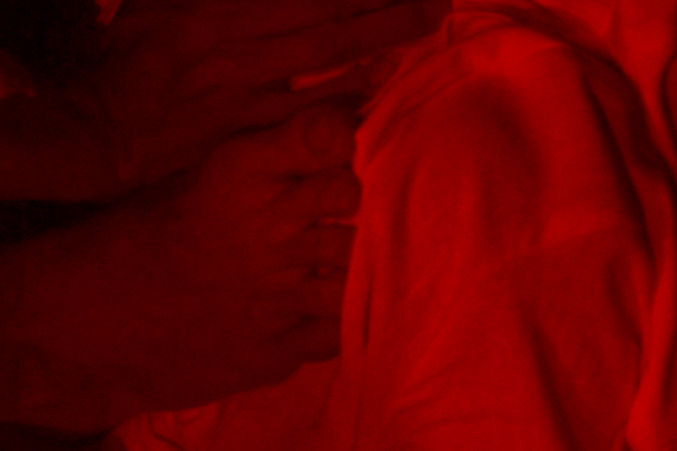
A man lives in the city.
He sits, he lies, he stands, he calls. He looks. He thinks, he talks, he fantasizes.
He looks. He doesn’t know what to do with himself.
Starting from the portrait of a man, TOM is an ode to looking.
The performance encourages the visitor to let go of his rational view and his own structured life and viewing codes. In this crossover, theater, visual arts and sound merge and reinforce each other. The performance TOM shows the intimacy and intensity of two male bodies in a refined and apparently simple image.
With TOM, Karel Tuytschaever wants to develop a language on stage in which the body is approached as an object. In addition to an artistic process, this performance is just as much a research. This so-called art as research develops a new visual language in which visual art and performing arts stimulate each other and seek a new form and relationship. We want to see all preliminary studies of contemporary visual art in the museum and have an explanation of how the work came into being. It is often the research that has almost become more important than the artistic output. Here the output, TOM the performance, is equal to the research. The order of the steps in the creation process has been very consciously chosen: (1) sound, (2) image and then ‘pass’ (3) embodiment. In the TOM performance, the body is stripped of the responsibility to transmit the content in the first place. That creates space, new freedom. The viewer is thus encouraged to create his own story, using the bodies as a means. The bodies function in relation to sound and image, and the viewer’s imagination. Narrative and viewing codes are questioned and developed with the aim of translating and investigating our contemporary communication habits, which are increasingly virtual. TOM is looking for a new form of theater that is at the same time close to our daily experiences. It explores the relationship between communication and a necessary physicality – because without a body we cannot communicate.
In residentie NACHT
16.07.2017 – 23.07.2017
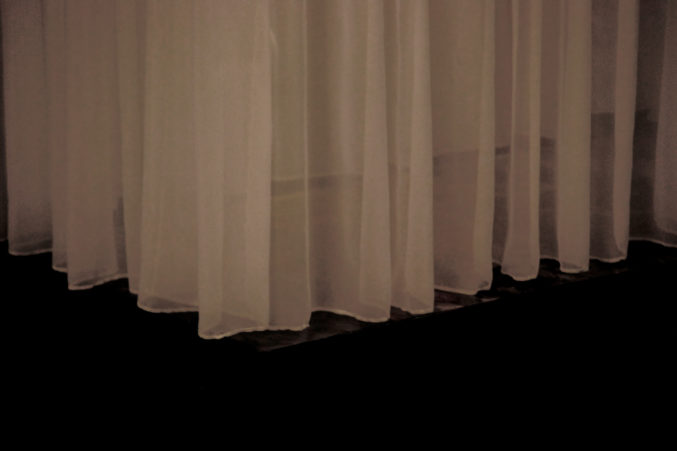
Two lovers never see each other. They only know each other’s voices. They love each other over the phone. Like castaways of love, they long for a life in the city without loneliness. What is reality, what is fiction?
NACHT is an intimate sensory radio play. The viewer’s ear shapes the imagination of looking. They love each other over the phone.
In residentie Als de kunstenaar zijn beeld inslikt
13.05.2024 – 24.05.2024
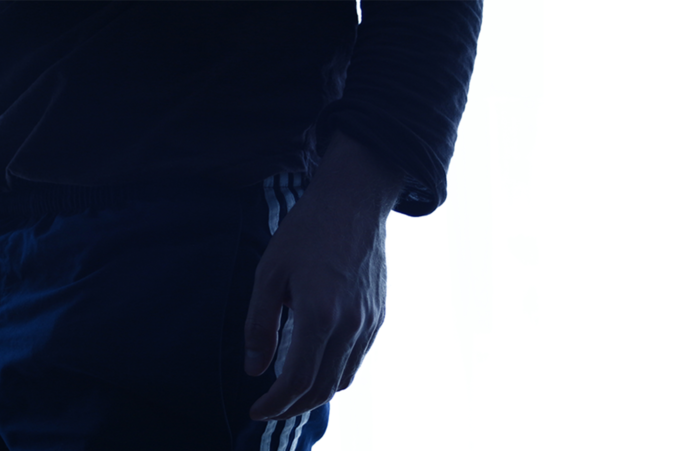
My doctoral research in the arts starts with this metaphorical image as a starting point. It is an in-depth follow-up to The Transparent Body (2020-2022): a practice-based research into genuine embodiment in current 2D and 3D portrait arts. When is a body genuinely contained in an image and when does the viewer experience that? What does our viewing experience say about who we are and what does that give back to the body being viewed? But also, above all: what does or does not the way of portraying someone say about the creator, the maker?
When the artist swallows his image (2022-2026) digs deeper into the barely explored domain of embodied knowledge in the relationship between the maker and his image of someone else. This research area is based on the most remarkable trend that emerged within the previous research. In global visual culture, I notice how a body in an artistic image is often used by the maker as an information carrier, reduced to one characteristic. As an objectified subject that unambiguously symbolizes or represents an idea of the maker. The way the emerging theatre, dance or visual makers – digital natives – portray someone else shows me that there is a seeming inability to allow someone’s true physicality to exist in their image. Their imagery tells me that they virtually ignore or forget their own unique physicality as a creator when seeing/capturing someone else.
I explore the role that the creator’s physicality plays in creating a visual representation of someone else. This is done by reciprocally purifying my hybrid makership and making my learning method as a discipline-wide teaching artist at the Antwerp Schools of Arts explicit. As a theater and filmmaker, I look for new ways to genuinely capture bodies in a 2D image, by using lens-based media and my body as a maker as equal instruments. In this way I want to achieve a more authentic physical imagery, which can influence how I can approach performers’ bodies in a scenic context. In my learning method I link the different disciplines to physical awareness and emphasize how the own physicality of makers in training can be a driving force in their vision and skill development.
This symbiotic and self-reflective research creates an interesting intermediate field in which a relevant consciousness for contemporary artistry arises, where the body is the mediator between the world and an image. My methodology departs from the core values of my practice and aims to identify crucial elements in an evolution towards a more integral and reciprocal embodied artist practice. A practice consisting of the different layers of sensory embodied knowledge. This is necessary because our need for identity in a digitalized network society threatens to prevent us from productive involvement and empathy. In this way I hope to contribute to (the awareness of) a more physical, tactile image in the visual and performing arts, and therefore a more layered multisensory viewing experience.
In residentie Sfincterman
02.10.2023 – 03.10.2023
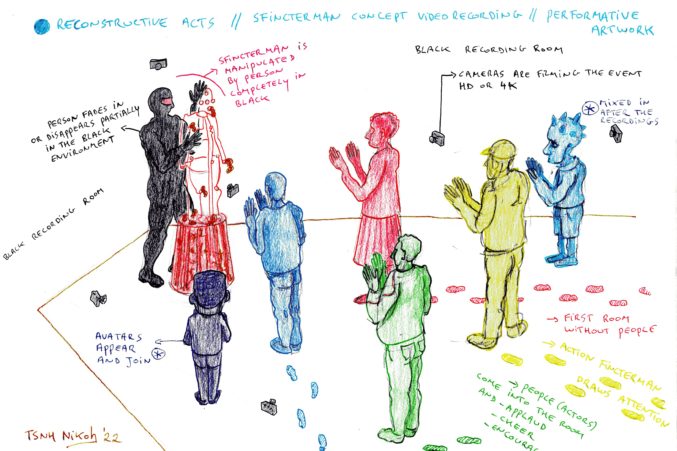
The basis of this project is the sculpture ‘Sphincterman’ made in 2020. The performative artwork changes formally through an action.
Together with director Karel Tuytschaever, a new video work is created that can be exhibited together with the artwork. The aim of the film is to show the performative character of the work of art and to strengthen its substantive aspect.

